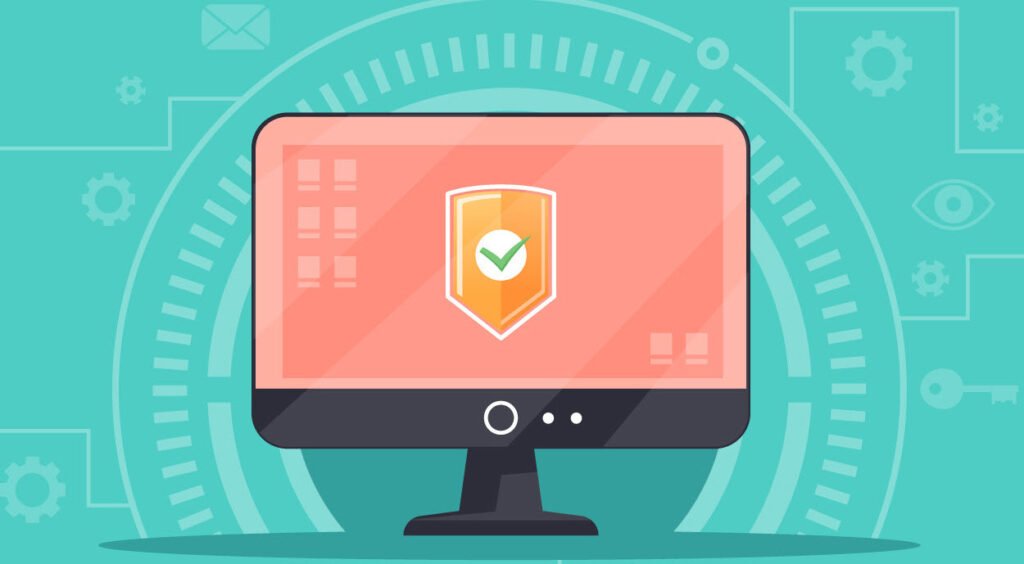
In the ever-evolving landscape of technology, where our computers are central to our personal and professional lives, the specter of viruses poses a constant threat. These stealthy intruders can compromise our data, disrupt our operations, and undermine our security. However, by adopting a proactive approach and adhering to best practices, you can shield your computer from the clutches of viruses.
In this article, we delve into crucial strategies that can help you maintain a virus-free computing environment.
- Automatic Startup of Antivirus Software
- Continuous Antivirus Protection
- Update Virus Definitions Regularly
- Run Quick Scans Frequently
- Occasional Full Scans
- Scan Data Transfer Media
- Heed Antivirus Warnings and Alerts
1. Automatic Startup of Antivirus Software
Your antivirus software is your first line of defense against viruses. Ensure that it is set to automatically start when your computer boots up. This proactive step ensures that your computer remains protected from the moment it powers on.
2. Continuous Antivirus Protection
Viruses can strike at any time, making it imperative that your antivirus software remains active while your computer is running. Ensure that your antivirus protection is always “on” to guard against potential threats in real-time.
3. Update Virus Definitions Regularly
Antivirus effectiveness hinges on its virus definition database. This database is continuously updated to identify and combat new virus variants. Regularly download and install updates from the vendors to keep your antivirus software armed with the latest threat intelligence.
4. Run Quick Scans Frequently
Regular quick scans act as a swift surveillance mechanism for your computer. These scans swiftly examine critical areas of your system, identifying any potential threats that might have infiltrated. Perform quick scans regularly to catch viruses before they have a chance to wreak havoc.
5. Occasional Full Scans
While quick scans are efficient, occasional full scans are essential for a comprehensive sweep of your system. Run full scans every few weeks to ensure that no viruses have managed to evade detection in the deeper recesses of your computer.
6. Scan Data Transfer Media
Before transferring any data to your computer from external sources such as USB drives, external hard drives, or optical media, perform a thorough scan. Data transfer media can inadvertently introduce viruses, and scanning before transferring helps prevent their infiltration.
7. Heed Antivirus Warnings and Alerts
Your antivirus software generates warnings and alerts for a reason. Take heed of these notifications. If your antivirus flags a file, website, or application as suspicious or potentially harmful, exercise caution and avoid interacting with it until you are certain it’s safe.
In the digital age, where the security of our personal and sensitive information hangs in the balance, safeguarding our computers from viruses is a paramount responsibility. By embracing these proactive measures and staying informed about the latest cybersecurity trends, you can fortify your computer’s defenses and create a robust shield against virus attacks. Stay vigilant, keep your software up to date, and let your antivirus software serve as your digital guardian, ensuring that your computing experience remains secure, efficient, and virus-free.
You may also like:- How To Fix the Crowdstrike/BSOD Issue in Microsoft Windows
- MICROSOFT is Down Worldwide – Read Full Story
- Windows Showing Blue Screen Of Death Error? Here’s How You Can Fix It
- A Guide to SQL Operations: Selecting, Inserting, Updating, Deleting, Grouping, Ordering, Joining, and Using UNION
- Top 10 Most Common Software Vulnerabilities
- Essential Log Types for Effective SIEM Deployment
- How to Fix the VMware Workstation Error: “Unable to open kernel device ‘.\VMCIDev\VMX'”
- Top 3 Process Monitoring Tools for Malware Analysis
- CVE-2024-6387 – Critical OpenSSH Unauthenticated RCE Flaw ‘regreSSHion’ Exposes Millions of Linux Systems
- 22 Most Widely Used Testing Tools








